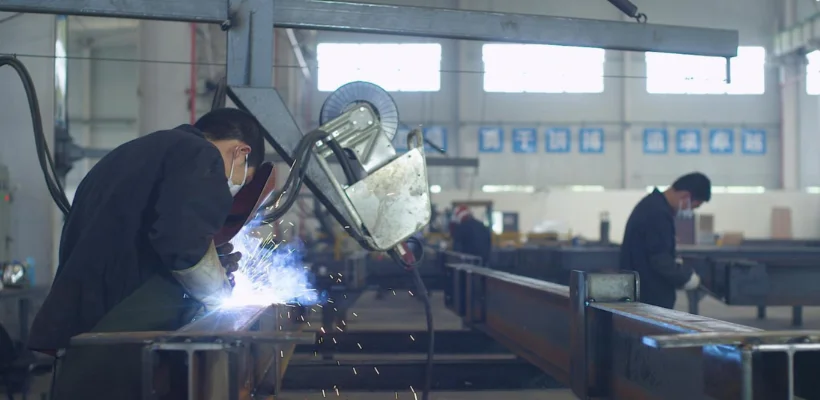Introduction
In the rapidly evolving photovoltaic and semiconductor industries, precision, efficiency, and cost-effectiveness are key factors in the silicon wafer manufacturing process. Traditionally, steel wire with abrasive slurry has been the go-to method for slicing silicon ingots into wafers. However, the emergence of ring diamond wire cutting technology has revolutionized the process, offering a smarter, cleaner, and more efficient solution.
This article explores why ring diamond wire cutting is quickly becoming the preferred method for silicon wafer production and how it outperforms traditional cutting methods in multiple aspects.
What Is Ring Diamond Wire Cutting?
Ring diamond wire is a continuous, closed-loop cutting wire embedded with synthetic diamond particles. Unlike loose abrasive slurry methods, this technology enables high-speed, high-precision, and low-waste cutting of silicon ingots. It is widely used in solar panel manufacturing, as well as in the electronics and semiconductor sectors.
Key Advantages Over Traditional Cutting Methods
1. Higher Cutting Speed and Throughput
Ring diamond wire enables faster slicing of silicon ingots, significantly increasing wafer output per hour. Traditional slurry-based cutting is slower due to mechanical drag and the need for frequent cleaning and slurry replacement.
- Traditional slurry cutting speed: ~300–400 wafers/hour
- Ring diamond wire cutting speed: ~700–1000 wafers/hour
2. Superior Wafer Surface Quality
Wafers cut with ring diamond wire have smoother surfaces and fewer microcracks, which means:
- Less post-processing (such as polishing)
- Higher yield in downstream solar cell or chip fabrication
- Improved efficiency in photovoltaic modules
3. Reduced Kerf Loss (Material Waste)
Ring diamond wire allows for narrower cutting widths, reducing the amount of silicon lost during the slicing process.
- Kerf loss in traditional cutting: ~200–250 µm
- Kerf loss in ring diamond wire: ~100–120 µm
This material savings translates directly into cost reduction and higher ingot utilization.
4. Environmentally Friendly and Cleaner Process
Traditional cutting generates significant waste due to the use of abrasive slurry (silicon carbide and oil). Disposal and cleanup are both costly and environmentally harmful.
In contrast, ring diamond wire cutting is:
- Dry or water-based (no abrasive slurry)
- Cleaner and greener
- Easier to integrate into modern, automated factories
5. Longer Tool Life and Lower Maintenance Costs
The durability of diamond-coated wire means:
- Less frequent wire replacement
- Lower downtime
- 降低运营和劳动力成本
Comparison Table: Ring Diamond Wire vs Traditional Slurry Cutting
| Feature | Traditional Slurry Cutting | Ring Diamond Wire Cutting |
|---|---|---|
| Cutting Speed | Slow | Fast (2–3x faster) |
| Surface Quality | Rough, requires polishing | Smooth, fewer micro-defects |
| Kerf Loss (Material Waste) | High | Low |
| Environmental Impact | High (slurry waste) | Low (clean process) |
| Operational Costs | High (abrasive, cleanup, downtime) | Lower (longer tool life) |
Applications in Solar and Semiconductor Industries
Ring diamond wire is now widely used for:
- Monocrystalline and polycrystalline silicon wafer cutting
- Solar panel manufacturing
- Semiconductor wafer production
- Precision ceramic and sapphire cutting
Its scalability and compatibility with automation make it a perfect fit for high-volume, high-precision production lines.
Conclusion
As the demand for higher-efficiency solar cells and low-cost semiconductor production increases, ring diamond wire cutting stands out as the superior alternative to traditional slurry-based methods. It delivers better wafer quality, faster production, lower costs, and a cleaner environmental footprint.
For manufacturers aiming to stay competitive in the photovoltaic and tech industries, upgrading to ring diamond wire technology is not just a smart move—it’s a necessary one.

